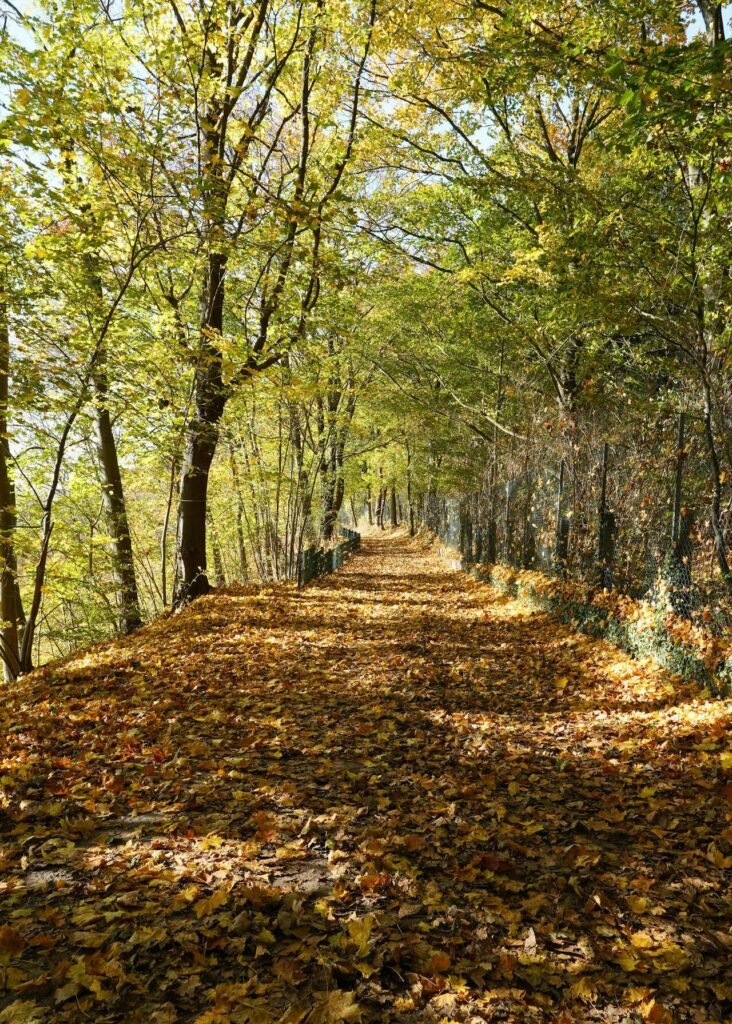When looking into walking holidays with agencies like Orbis Ways, one thing we often forget is that each of these places is suited to different seasons. Sure, southern Italy is incredible. But in summer? Most people couldn’t hack it. So, here is a look at the best European destinations for each season.
Spring belongs to Greece’s islands
As northern Europe thaws, Greece is already bursting into life with wildflowers and moderate temperatures. Yet, the trails still remain empty. Spring, particularly April, is perhaps the sweet spot for Greek walking holidays.
You’ll see poppies, orchids, chamomile, and many other spring blossoms. Temperatures are around 21°C, which is perfect for hiking without the dangerous heat. The sea is warm enough for swimming (it will still be quite cold), but tourists have yet to arrive.
Crete’s Samaria Gorge has a very intimate experience compared to its packed summer months. Ancient kalderimi paths bring you to mountain villages and ancient ruins. The greenery is green, and you’ll eat fresh zucchini and spring onions.
Summer suits Croatia’s Adriatic coastline
Most of the Med is simply too hot in July, especially for long hikes. Croatia’s Dalmatian Coast though has cooling sea breezes without risking any clouds that you may get in, say, Scotland or Norway. Plus, by walking Croatian coastal routes, you will never be far from a dip in the ocean.
The islands are the summer stars. Hvar, Brač, Korčula, and Vis will all offer great trails that rarely stray far from the Adriatic. Of course, there may be some crowds, though Croatia as a walking destination isn’t as popular some others, like Spain.
You will get longer daylight hours, and it will be hot (though not quite as hot as Greece/Spain), so it’s worth walking in the morning and evenings, leaving the midday for siesta, swimming, and grabbing lunch.
Autumn in Germany is a hiker’s paradise
Germany is in its prime in autumn, particularly October when forests explode into gold. This is when German hiking routes show why they’re so loved by locals who are passionate about woodland trails.
The Black Forest is a great option, particularly for the Autumn leaves, though Vineyard regions like the Mosel Valley have harvest festivals to coincide with perfect walking weather. Crisp mornings wake you up, but you get sunny afternoons. So, bring layers.
Summer tourists have gone, and most tourists in the country are drinking at Oktoberfest. Trails can be quiet besides seeing the locals do mushroom picking. It’s a great time for game dishes and wine harvest, so the post-hike meals are at their peak.
Winter warmth finds in Andalusia and Canaries
When much of Europe is icy, the south of Spain has a nice mild temperature, often with spouts of sun. Andalusian mountains and whitewashed villages, along with the Canary Islands, are the ultimate winter getaway.
The white villages of the Alpujarras are known to catch winter sun with January temperatures reaching 15-18°C. The Canaries are the most reliably sunny place in Europe during winter as it rarely goes below 18°C. Plus, the volcanic landscapes are also unique, so it has to make the list somewhere.
Winter hiking is cheaper and the trails are certainly emptier. Plus, if you’re bringing a big backpack and ascending up mountains, you don’t want it to be hot. Golden hour can often be more special in the winter, and in conjunction with quieter trails, it’s the best time for photography. Some places you’ll walk through will feel like a ghost town. This can be eerie at first, but it’s perfect for pictures and can be strangely relaxing.By choosing destinations that coincide with seasonal strengths, you’re seeing places at their best.

